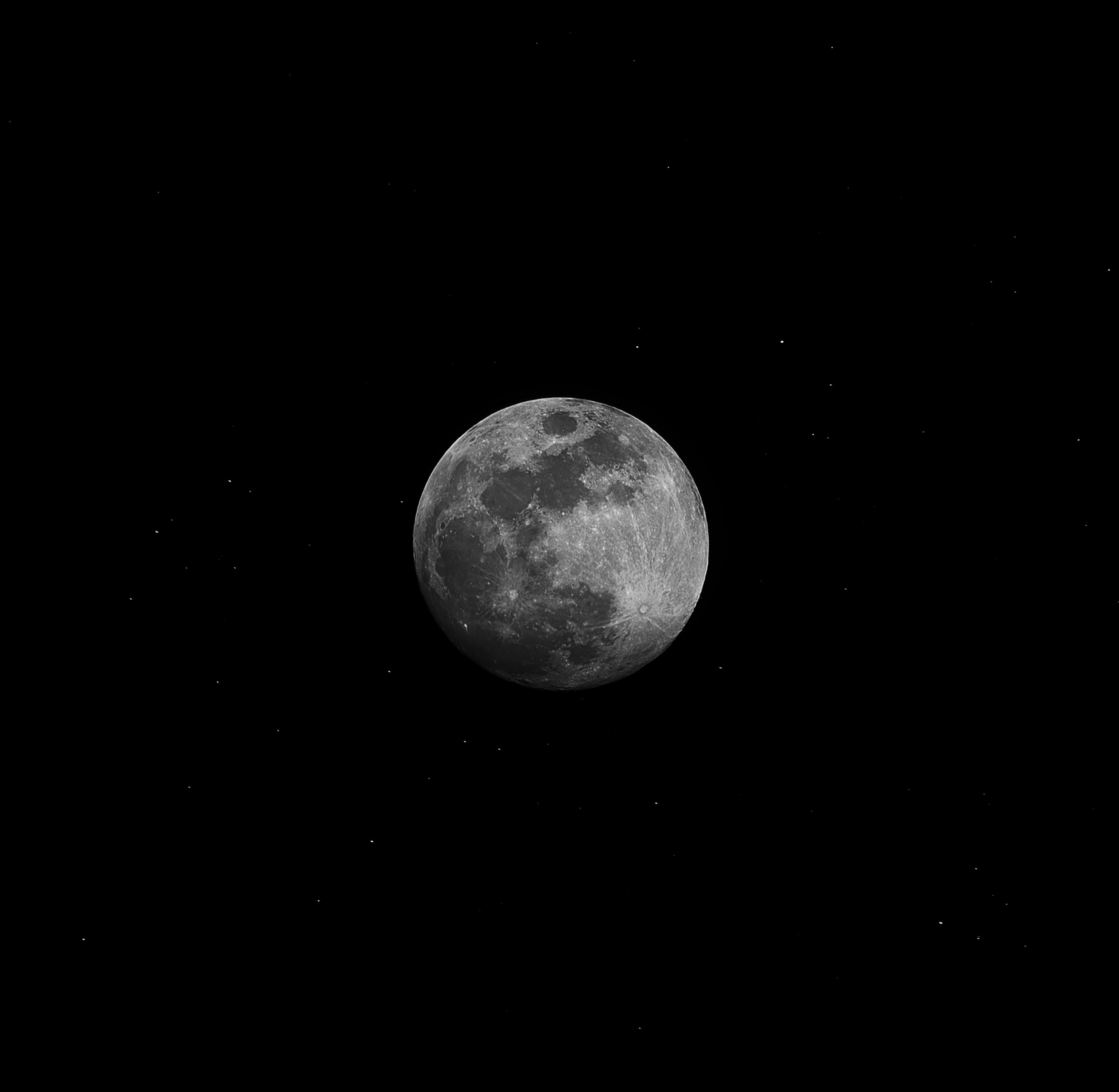Understanding the Four Major Moon Phases: A Guide to Lunar Cycles
The moon has been a source of fascination and wonder for humans throughout history. Its ever-changing appearance as it orbits the Earth has captivated poets, artists, and scientists alike. One of the most intriguing aspects of the moon’s transformation is its various phases, each with its own unique characteristics and significance. In this blog post, we will explore the four major moon phases and unravel the mysteries of the lunar cycle.
Why Do Moon Phases Occur?
Moon phases occur due to the interplay between the Sun, Earth, and moon. As the moon revolves around our planet, sunlight hits its surface at different angles, creating the illusion of changing shapes. The moon does not generate its own light but instead reflects sunlight, allowing us to observe its luminous presence in the night sky.
The moon’s cycle consists of four main phases: the new moon, first quarter, full moon, and last quarter. Let’s dive deeper into each of these phases and explore their characteristics.
1. New Moon
The new moon is the first phase of the lunar cycle. During this phase, the moon is positioned between the Sun and Earth, with its dark side facing our planet. As a result, the new moon appears nearly invisible to the naked eye, blending into the daytime sky. This alignment marks the beginning of a new lunar cycle, symbolizing new beginnings and fresh starts.
It is important to note that the term “new moon” is often used interchangeably with “dark moon.” However, a true new moon is an astronomical event, while a dark moon refers to a moon that is not illuminated by sunlight, whether it is visible or not.
To get a clearer understanding of the phases, let’s take a look at the following table:
| Moon Phase | Appearance | Position |
|---|---|---|
| New Moon | Dark | Between Earth and the Sun |
| First Quarter | Half illuminated on the right side | Right side facing the Earth |
| Full Moon | Fully illuminated | Opposite the Sun |
| Last Quarter | Half illuminated on the left side | Left side facing the Earth |
2. First Quarter
The first quarter is the second phase of the lunar cycle. At this point, the moon has completed about one-quarter of its orbit, forming a right angle with the Sun and Earth. This alignment gives the moon its distinct appearance, with the right half illuminated and the left half in darkness. The first quarter moon is often described as a half-moon or a waxing crescent, as it appears to be growing larger each night.
During this phase, the first quarter moon rises around noon and sets around midnight. It is visible in the sky during the afternoon and early evening hours, offering a beautiful sight for stargazers.
3. Full Moon
The full moon is perhaps the most well-known and easily recognizable phase of the lunar cycle. It occurs when the Earth is positioned between the Sun and moon, with the sun illuminating the entire side of the moon visible from Earth. As a result, the moon appears as a radiant, circular disk in the night sky. Full moons are often associated with heightened energy, increased emotions, and ancient folklore.
During a full moon, the moon rises as the Sun sets, allowing for an extended period of moonlit viewing. The increased brightness can make celestial objects appear less prominent, but it provides ample light for outdoor activities at night.
4. Last Quarter
The last quarter, also known as the third quarter, is the final phase of the lunar cycle. It occurs when the moon has completed three-quarters of its orbit around the Earth, forming another right angle between the Sun, Earth, and moon. During this phase, the left half of the moon is illuminated, while the right half remains in darkness.
The last quarter moon rises around midnight and sets around noon, making it visible in the sky during the late evening and early morning hours. Its waning appearance signals the approaching end of the lunar cycle, symbolizing reflection and the release of the old.
Conclusion
The four major moon phases offer a remarkable spectacle of our celestial neighbor’s constant metamorphosis. From the dark shroud of the new moon to the radiant glow of the full moon, each phase carries its own unique symbolism and allure. Observing the moon’s transformation can deepen our connection to the rhythms of nature and inspire us to contemplate the greater mysteries of the universe.
Whether you are an avid stargazer, a poet seeking inspiration, or simply curious about the wonders of the cosmos, taking the time to understand and appreciate the four major moon phases can offer a profound appreciation for our place in the vastness of space.
Table of Contents
